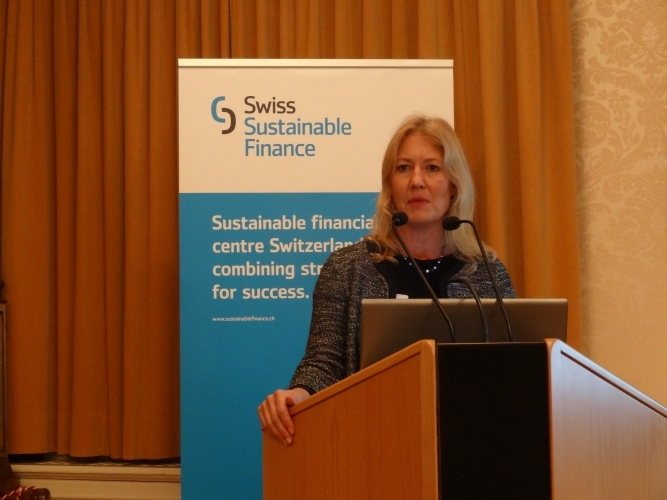A week after more than 170 countries signed the Paris Agreement and investors voted on a shareholder climate risk resolution at the AGM of US utility AES Corporation, a global network of more than 270 institutional investors (representing assets worth over €20 trillion) has published a guide setting out the threats facing the utilities sector and investor expectations for how these companies must act to adapt their business strategies to a 2°C climate change pathway.

Launching “Investor Expectations of Electric Utilities Companies – Looking down the line at carbon asset risk,” Stephanie Pfeifer, CEO at the Institutional Investors Group on Climate Change, said on Friday: “With so many countries now clearly committed to implementing the Paris Agreement, institutional investors are concerned that some electric utility companies are not sufficiently prepared for the transition to a lower carbon economy necessary to limit global warming to well below 2°C. Today the global investor community is setting out as clearly as possible their expectations for utility companies on actions required to address climate change risks.”
Matthias Narr, Engagement Specialist at asset manager Robeco and lead author of the guide, added: “This guidance is designed to shape constructive engagement between investors and electric utilities through dialogue on the long-term risks and opportunities these companies face from climate change. Investors need to understand whether utility companies are prepared for the changing market dynamics that are likely to arise from the policies and actions put in place to limit global warming. Business strategy and capital allocation decisions made now and over the coming years will determine the future sustainability and profitability of electric utilities for decades ahead. Investors therefore have a clear need to establish that capital allocation decisions made by the boards of these utilities give due weight to the low carbon transition in ways that will protect both future sustainability and corporate profitability of the sector.”
Dan Bakal, Director of the Electric Power Program at Ceres, said: “During the 2016 proxy season investors are showing unequivocally through shareholder resolutions to companies such as AES that they expect electric power companies to address carbon asset risk by assessing the impact of a 2°C scenario on their future resilience. Going forward, asset owners and fund managers will need to know how power companies – and particularly the boards accountable for overseeing them – see the future impact of climate change on energy demand and pricing, as well as how they plan to align their business model with the GHG reductions required to deliver binding international agreements.”
In addition to questions about policy, technology and demand changes, the guide also encourages investors to ask utility companies about the management of legacy assets, including power generation plants that are no longer economical to use either due to a shift away from fossil fuels or as a consequence of increased water scarcity.
Commenting further Emma Herd, CEO at IGCC Australia and New Zealand, added: “These risks are not theoretical, they are today’s reality for utility companies and their investors across all markets. Climate change is already driving structural transformation in the energy sector. The risks and opportunities created by the transition to a net zero carbon global economy will continue to grow and the pace of change accelerate. It is vital that utility companies undertake comprehensive <2°C stress testing of their business activities and disclose to investors how their business model will fare in the face of climate change.”
